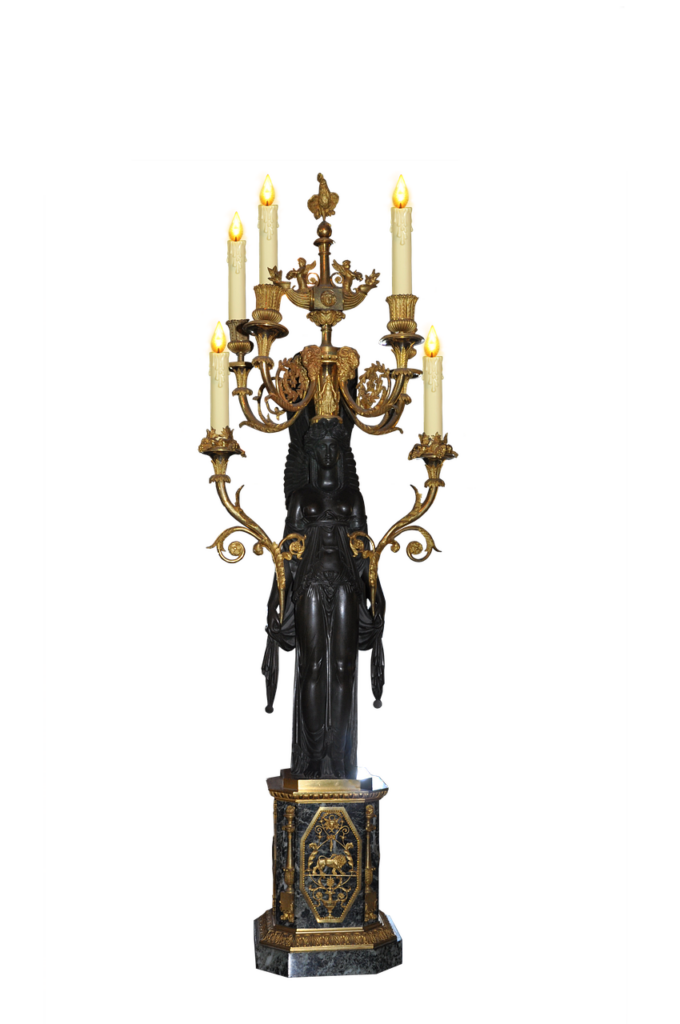Where To Eat
... Where Not To Eat
VOLUME XVII No. 135
T H U R S D A Y
June 25, 2015

Dining and Wining ...
Where To Go ...
Where Not To Go
THE BEST
RESTAURANTS OF HONGKONG ...
AND THE WORST !
| Name of Restaurant | Inagiku Grande | |||
| Address of Restaurant | 4/Floor, The Four Seasons Hotel, No. 8, Finance Street, Central, Hongkong | |||
| Date of Visit | Friday, June 19, 2015 | |||
| Category |
TARGETs Rating |
|||
| Service | ||||
| First Impression | Excellent | Acceptable | Poor | |
| Attentiveness to Customers’ Needs | Excellent | Acceptable | Poor | |
| Flexibility | Excellent | Acceptable | Poor | |
| Product Expertise of Serving Staff | Excellent | Acceptable | Poor | |
| Speed of Service | Excellent | Acceptable | Poor | |
| Cleanliness of Uniform and Serving Staff | Excellent | Acceptable | Poor | |
| Ambiance | ||||
| Lighting | Excellent | Acceptable | Poor | |
| Music | Excellent | Acceptable | Poor | |
| General | Excellent | Acceptable | Poor | |
| Food | ||||
| Presentation | Excellent | Acceptable | Poor | |
| Taste | Excellent | Acceptable | Poor | |
| Quantity | Excellent | Acceptable | Poor | |
| Wine | ||||
| Choice | Extensive | Limited | Unbalanced | |
| Cost | Reasonable | Unreasonable | Expensive | |
| Storage of Wine | Good | Poor | Unknown | |
| Expertise of Sommelier -- None | Excellent | Acceptable | Unknown | |
| Total Cost of Meal | ||||
|
Very Expensive |
Moderately Expensive | Very Reasonably Priced | ||
| Comments | ||||
|
On Level Four of The Four Seasons Hotel, Hongkong Island, there is a Japanese restaurant, named Inagiku Grande. It may well be among the best of its kind in the Hongkong Special Administrative Region (HKSAR) of the People’s Republic of China (PRC). TARGET (泰達財經) visited Inagiku Grande, last Friday, at precisely 7 p.m., having reserved a table for three people, five days prior. On studying the wine list – which is, always, this reviewer’s first and most-difficult ‘duty’ when visiting a restaurant for the first time, one that is supposed to be a top-drawer eatery – there, it was spotted, one of the old favourites of this scribe: Taittinger, Comtes de Champagne, Blanc de Blanc, Brut, Vintage 1998. At the price of $HK3,080, it was a little expensive, but such a wine is well worth it, nevertheless. With the Champagne, the following dishes were ordered in order to assist with the imbibing of this elegant wine:
Sea Urchin Sushi
Salmon Roe Sushi
Salmon Sushi
Prime Tuna Hand Roll
Sweet Shrimp Sushi
Eel Sushi It was quite impossible to state which of the six sushi dishes was the best, because all were very good, the raw fish, all being very fresh; and, the manner in which the fish-meat was presented, atop of small lumps of vinegarish rice, was a pleasure to behold. With sushi, aside from the quality and freshness of the fish-meat, which is assumed, of course, a pleasing presentation is of the utmost importance. Once again, one is reminded of the three basic qualities of an appealing cuisine: Appearance; smell; and, taste. Inagiku Grande, as far as its sushi is concerned, has it all. Negitoro-maki (prime tuna hand roll) has, always, been one of the favourites of this food reviewer and, for a Japanese chef, working in a respectable restaurant in a major city of the world, on learning that somebody had ordered this splendid – but rather dated – sushi, he would know that the person that ordered it was no novice to Japanese food. Now, in a certain Japanese restaurant, attached to a sometimes-popular, five-star hotel, also on Hongkong Island, the Japanese chef, every time that negitoro-maki is ordered – nearly always by yours truly – the prime tuna is niggardly placed atop a whopping portion of vinegarish rice. Thus, one piece of negitoro-maki may have the appearance of being relatively large when, in fact, one is eating, mostly, rice with just a smattering of tuna. Not so in Inagiku Grande, however, because, in this Japanese restaurant, the negitoro-maki comprises a very generous portion of chopped tuna (traditionally, it has to be chopped by hand) and a somewhat smaller portion of vinegarish rice. Also, at Inagiku Grande, the seaweed wrapping of its negitoro-maki is crisp and not soggy as so often is the case in respect of its restaurant-competitor in that Japanese eatery, attached to a certain Hongkong Island, five-star hotel. As for the other sushi set, not a word of complaint could have been uttered. And, best of all, this restaurant is not at all cheap when it comes to loading a blob of rice with a healthy slice of select, fresh raw fish-meat. This reviewer’s belly, indicating of not having had a sufficiency of food with just the sushi set, the requirement was that this medium order what was labelled as being: The US Beef Set. This $HK1,020 Beef Set ensemble comprised: An
appetizer; In a word, the above ensemble was a rip-off! The beef was not US beef, at all, but, probably, it was Australian beef, carved from between the horns of a poor, dead animal. There can be no question of this because US beef has a distinctive flavor due to the animal, being fed on corn for the last six months of its life. The beef was supposed to be the pièce de résistance – and it failed to please … miserably. Yuk! The Restaurant Sad to state, the décor of Inagiku Grande resembles, to a great extent, an upmarket, Japanese-styled canteen. This is the type of restaurant that can be found on many side streets of Tokyo, those small eateries, catering for the working class that require offering simple food that can be eaten in a very short space of time. At Inagiku Grande, there was not one piece of soft furniture to be seen. As a result, a Chinese gentleman, sitting about 50 feet from TARGET’s table, could be heard as he spoke to his companion, at any corner of the room. Thus, this restaurant, certainly, does not have the outward appearance of being a posh, Japanese eatery – as it should have been designed and outfitted, at the outset of the design stage, in view of the clear ability of the Executive Chef who is responsible, among other things, for determining the menu (sans the US beef set, one hopes). The restaurant can seat about 160 patrons and, for the most part, the service is excellent. Diners came and went, rather quickly on the night of TARGET’s visit. This is clearly suggestive of the desire of the patrons to eat and to leave the restaurant as soon as it was practicable so to do. And, this is suggestive that the ambiance of this restaurant is not conducive to the enjoyment of conviviality as well as the impartial exchange of ideas – while imbibing some of the excellent wines and spirits on offer. In the opinion of this reviewer, the architect, who designed Inagiku Grande, should be hanged, drawn and quartered for his inordinate inability to be sensitive to the requirements of such an establishment as this one.
|
||||
While TARGET makes every attempt to ensure accuracy of all data published, TARGET cannot be held responsible for any errors and/or omissions.
If readers feel that they would like to voice their opinions about that which they have read in TARGET, please feel free to e-mail your views to editor@targetnewspapers.com. TARGET does not guarantee to publish readers’ views, but reserves the right so to do subject to the laws of libel.


